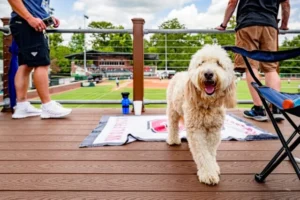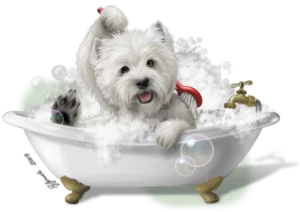Large Dog Coat
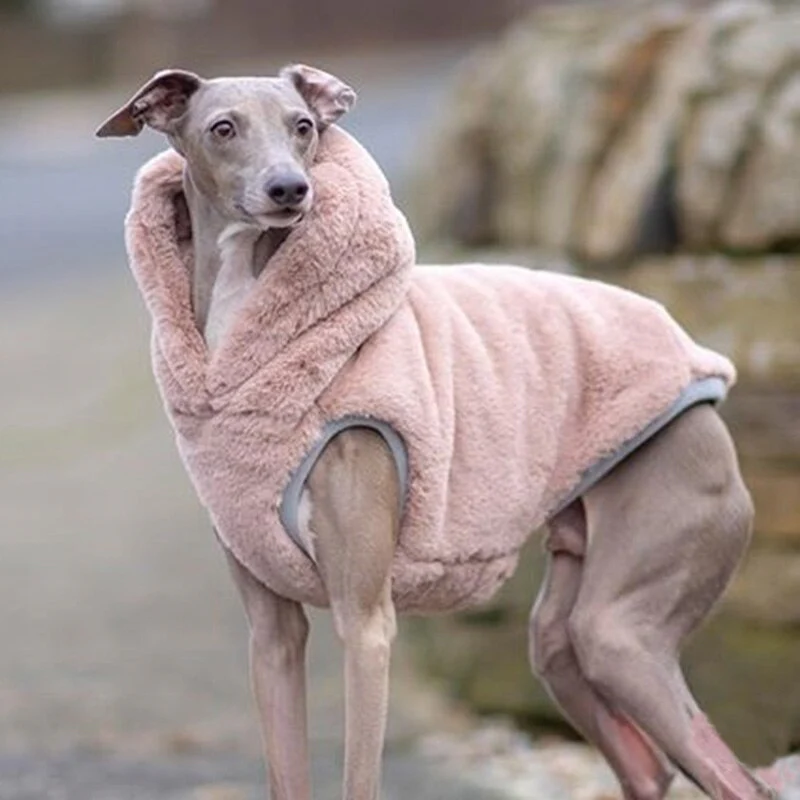
Large Dog Coat:- Winter is one of the most exciting times of the year for dog owners who love to dress their pets in stylish and practical clothing. With so many options available, it’s hard not to admire the best-dressed dogs on daily walks, particularly in picturesque Cotswold towns, where dogs strut their stuff like it’s a canine fashion show.
As a dog owner who has tried and tested numerous coats over the years, I wanted to share my favorite recommendations, suitable for all breeds, to keep your furry friends warm and dry during those brisk winter strolls.
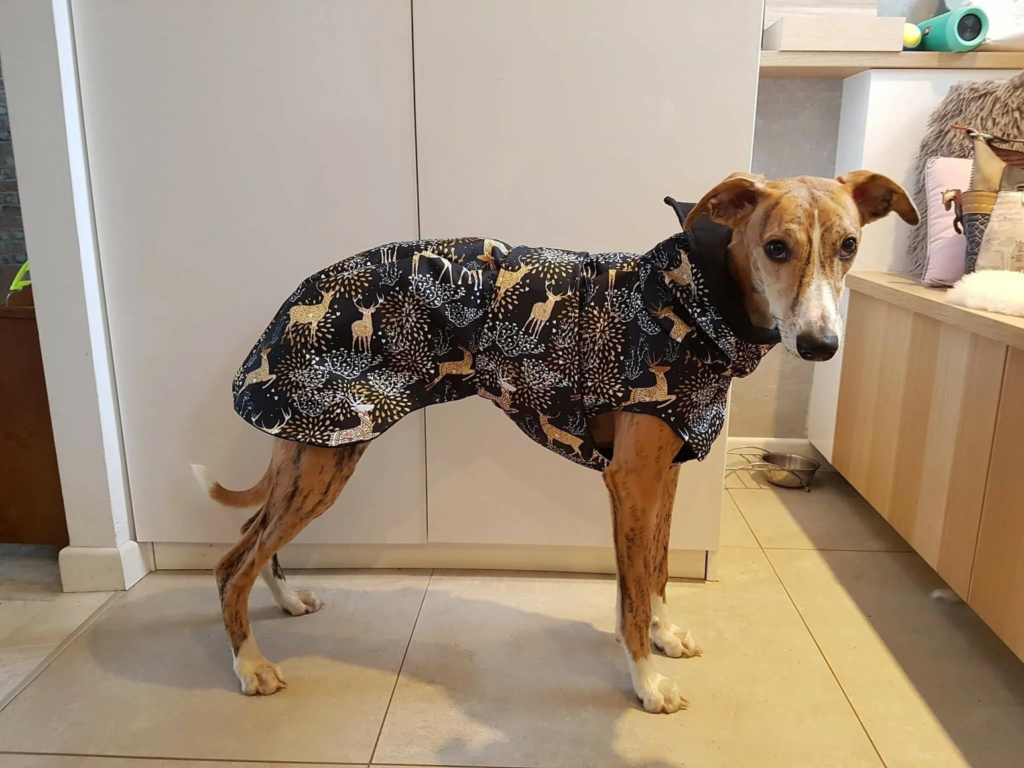
Choosing the Right Dog Coat for Winter
When it comes to selecting a coat for your dog, the main goal is warmth, protection from the elements, and comfort. A good coat will help shield your dog from wind, rain, and snow while ensuring they remain snug without being too restrictive. It’s also worth noting that while I’ve previously written about the best drying coats for dogs (those are fantastic for after a walk to dry your pup), the coats I’m highlighting here are designed specifically for walks to keep them warm and dry.
Types of Fasteners for Dog Coats
Before diving into specific coat recommendations, it’s important to consider the type of fasteners that will work best for your dog. Two common options are Velcro and buckles, each with its advantages and disadvantages.
Velcro Fasteners
Velcro is one of the most popular fasteners due to its ease of use. You can quickly put a Velcro-fastened coat on your dog without fussing around, making it perfect for impatient pups. Velcro also allows for some flexibility in sizing, meaning the same coat can fit dogs with slight variations in size. However, Velcro has its downsides. If your dog enjoys rough play or charges through thick brush or deep snow, the Velcro may come undone. Over time, especially with cheaper Velcro, the material can degrade, losing its grip, so it’s essential to invest in high-quality coats with durable Velcro.
Buckles
Buckle fasteners, on the other hand, provide a more secure fit, which is beneficial if your dog tends to wriggle out of coats or is active during walks. Buckles adjust easily with straps, offering a customizable fit, and they’re less likely to come loose during play. Some coats use a combination of both Velcro and buckles for added security. However, buckle fasteners can be bulkier, potentially rubbing against your dog’s skin or getting caught on a harness. It’s crucial to ensure the coat’s design accounts for these issues to prevent discomfort.

My Favorite Dog Coats
After years of testing various coats on my own dogs, here are a few standout options that I’d recommend for any breed:
1. Teckelklub Trench Coats
This was the first coat I found that could comfortably fit my dog, Birdie, who has a larger bust line. With this coat, there’s no Velcro popping open or struggling to secure a good fit. Both of my dogs wear the fleece-lined trench-style coats from Teckelklub, and they love them. On colder days, my dog Boogie layers his Chilly Dog sweater underneath for extra warmth, though the coat alone typically does the trick. Boogie wears a size 6, while Birdie wears a size 5, which shows how easy it is to find the perfect fit with this brand.
Types of Dog Coats and Their Functions
The market is full of different types of dog coats designed for various weather conditions and dog breeds. Here are a few of the most common types:
- Double Coat: Ideal for breeds like Huskies, German Shepherds, and Golden Retrievers, a double coat consists of a soft undercoat and a coarse topcoat. These coats offer excellent insulation and protection from cold weather, but they also require regular grooming to prevent matting.
- Short Hair Coat: Breeds like Beagles, Boxers, and Dalmatians have short, easy-to-maintain coats. However, they still need regular brushing to remove loose fur and distribute natural oils for a healthy coat.
- Long Hair Coat: Breeds such as Afghan Hounds and Shih Tzus have luxurious, flowing coats that require frequent grooming to avoid matting. These dogs benefit from additional protection in winter, as their fur can easily become wet and uncomfortable in harsh conditions.
- Curly Coat: Poodles, Bichon Frises, and Portuguese Water Dogs have curly or wiry coats that need regular attention to prevent matting. These dogs are particularly suited to coats that keep their fur dry and warm in the winter.
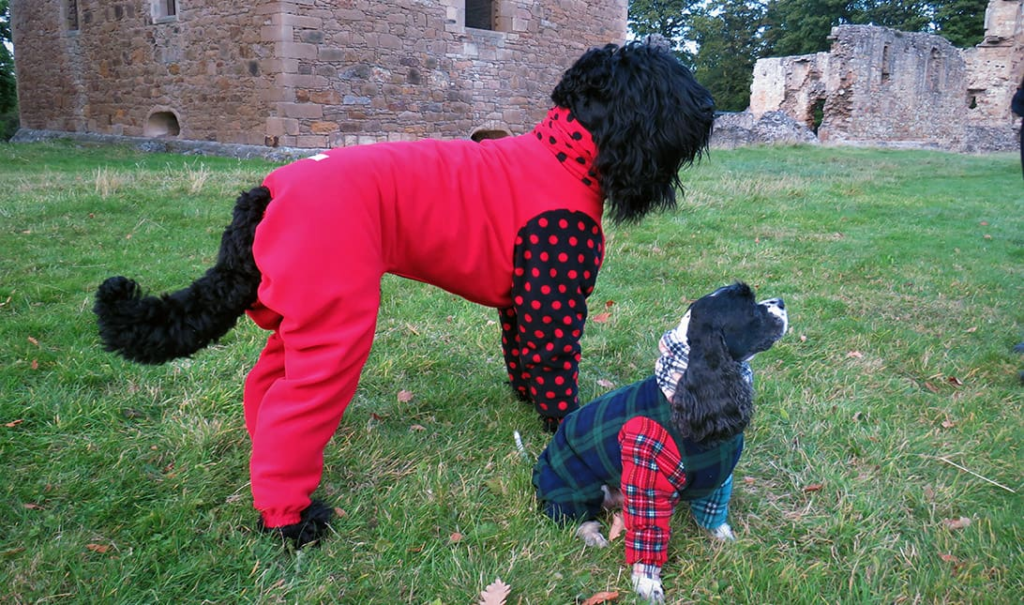
Additional Tips for Winter Dog Care
Beyond simply putting a coat on your dog, there are a few extra precautions you can take to ensure your pet is comfortable and safe during the cold months.
- Layering
In extreme cold, you can layer a thermal dog sweater under the coat for extra insulation. Just be sure that the additional layer doesn’t restrict your dog’s movement or cause discomfort. - Regular Cleaning
Your dog’s winter coat will inevitably collect dirt, moisture, and debris from your walks. It’s essential to clean the coat regularly to prevent skin irritation or infection. Look for machine-washable coats, which make cleaning much easier. - Outdoor Time Management
Even with a great coat, it’s important to monitor your dog’s behavior during winter walks. If they begin to shiver or show signs of discomfort, it’s best to limit the time spent outside and bring them back indoors to warm up.
How to Get the Perfect Fit
To make sure your dog’s coat fits properly, you’ll need to take a few key measurements:
- Neck and Chest Circumference: Measure your dog’s neck and chest at their widest points, and allow a little extra room for comfort.
- Back Length: Measure from the base of your dog’s neck to the base of their tail to ensure the coat covers their back adequately.
- Leg Openings: If the coat has leg openings, make sure they’re wide enough to allow free movement.
Whenever possible, it’s a good idea to try the coat on your dog before buying to ensure a perfect fit.
Drawbacks of Dog Sweaters
While dog sweaters can be an excellent option for layering, they do have some drawbacks:
- They can get wet and lose insulation in rain or snow.
- Dogs with sensitive skin may react to certain sweater materials, such as wool.
- Sweaters are prone to snagging on branches or other obstacles during outdoor play, and they can be harder to put on due to sleeves or buttons.
Ultimately, choosing the right dog coat for winter involves balancing practicality, style, and your dog’s unique needs. With the right coat, you and your dog can both enjoy the beauty and excitement of winter walks.
Also Read:-



